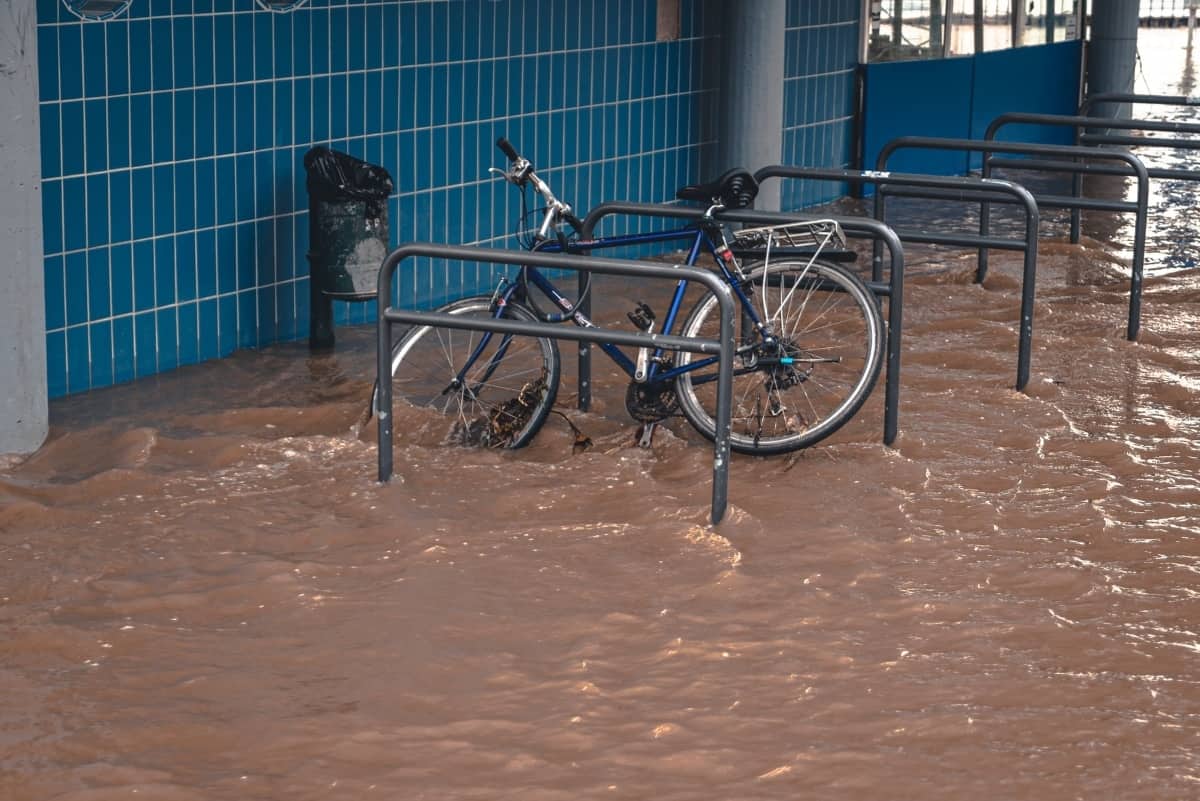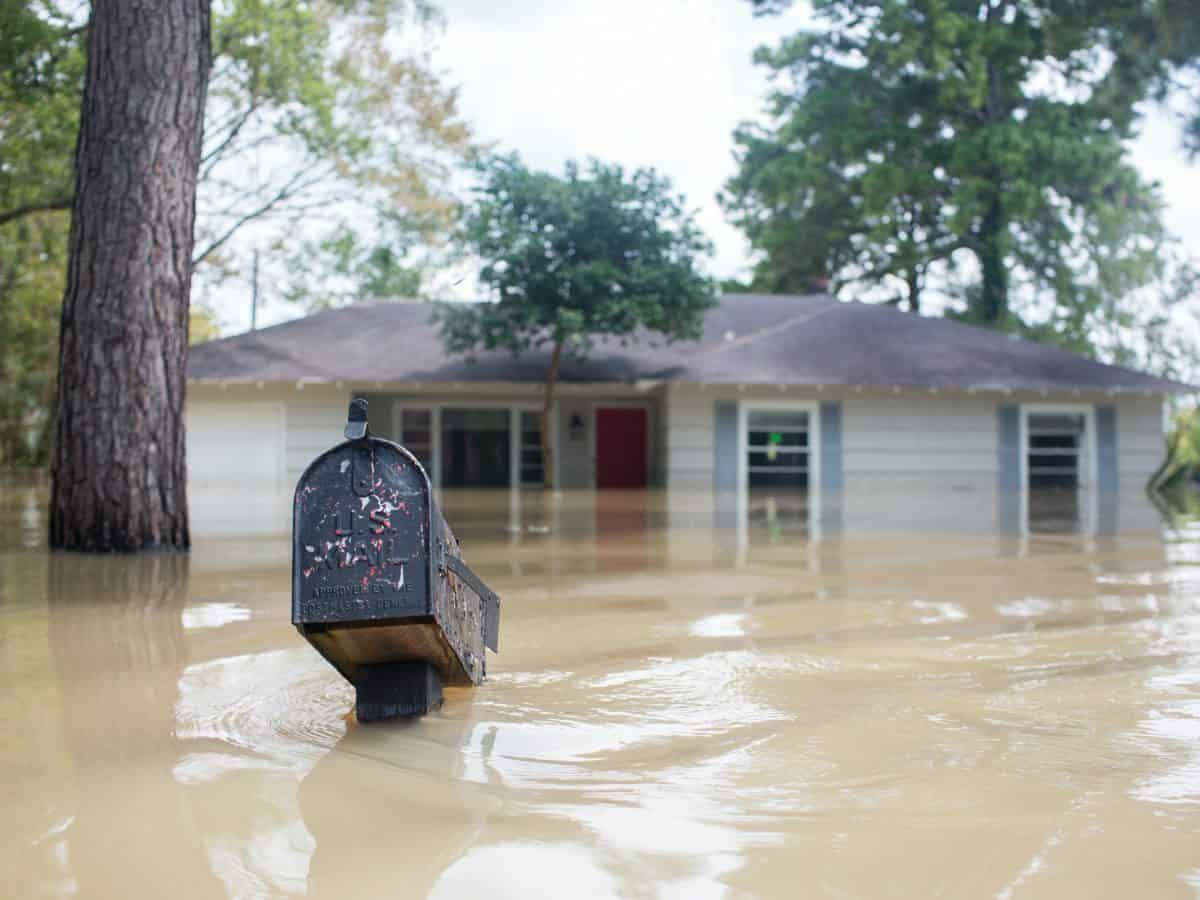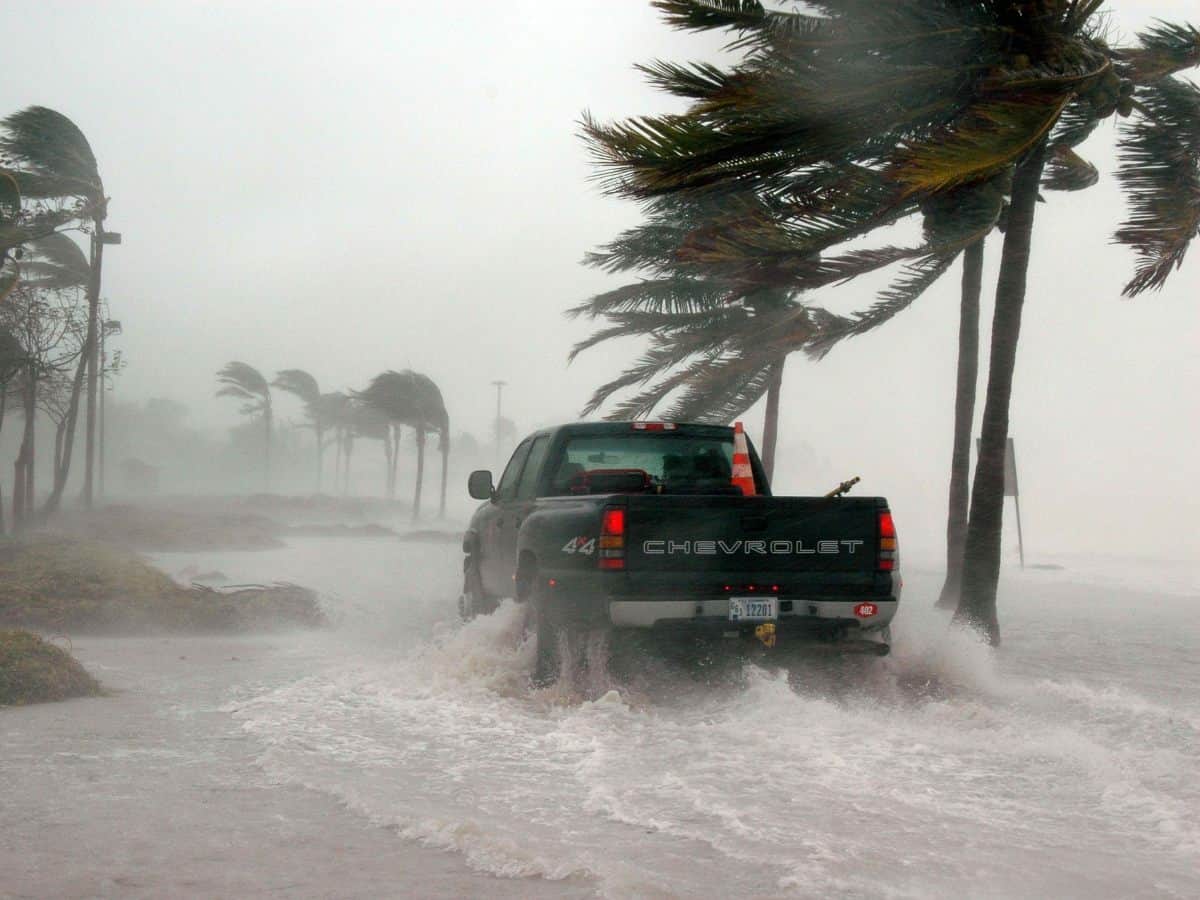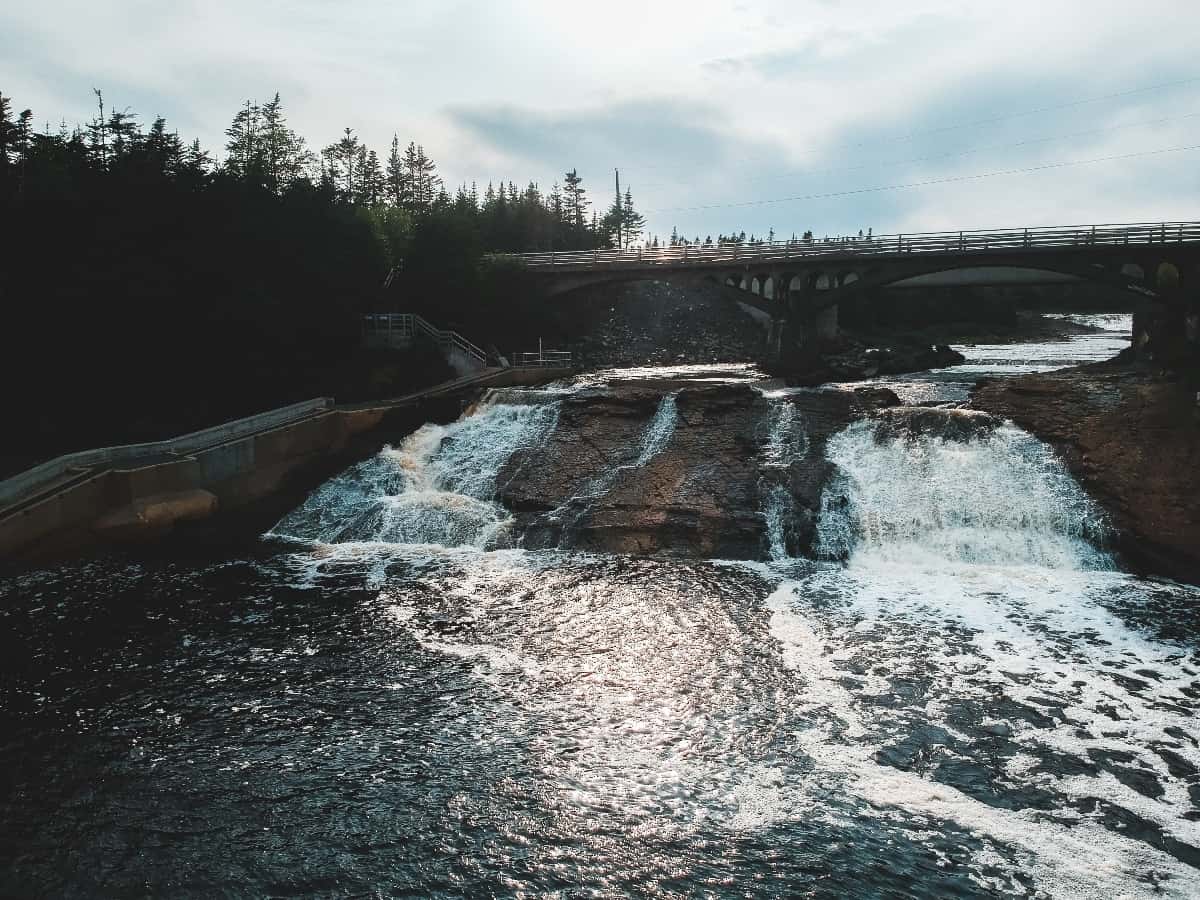The Texas springtime showers have creeped into our sunny summer plans. Instead of pool days and swim suits, Texans have opted for movie days and rain coats. One notification that you might have seen on your weather app or news station is for floods. There’s three different forms of flooding: flash floods, areal floods and river flood warning. What’s the difference between all of them?
In this blog, we’re going to dissect what that term means for you, your home, and driving conditions.
Before that, there are some important terms to remember when talking about flooding. There are both watches and warnings. For watches, it means that there are conditions in the weather making it favorable for a flood to occur. Whereas a warning means that the flooding is imminent, if not already happening.
Flash Flood
As we know, flooding is an overflow of water onto a land that is ordinarily dry. This can happen due to heavy rains, oceans, snow melting, or if a dam/levee breaks. Flooding is dangerous and can cause damage to homes and cars. There are floods that happen over a long period of time, or ones that can occur within minutes.
Flash floods are the form of flooding that happens quickly. These floods are dangerous, combining powerful flooding and quick speeds. These are different from the ordinary floods that happen over time, this happens when there is heavy rainfall. The rainfall exceeds the ability of absorption into the ground or filling a dry creek or stream that overflows onto the bank. With the name flash flood, it gives you the indication that it can happen in a flash. This limits the amount of time a weather service can properly and effectively warn the public, making it highly dangerous.

What Areas Are at Risk of Flash Flooding?
Cities
While flooding can happen in every state in the US, flash flooding is a different story. The most common areas that are at risk of flash flooding include densely populated areas. This is due to the construction of buildings, parking lots, driveways and highways. This increases runoff and reduces the amount of rain that can absorb into the ground. Knowing this, the runoff and lack of absorption leads to flash flooding.
To offset this, many cities will create an underground storm drain to catch the water streams. But, if these storm drains are clogged due to debris or an influx of water, they’re pretty much useless and cause the roads and buildings to flood.
If you’re driving or at home during a heavy storm where flash flooding could be an option, make sure to avoid low spots. These areas are best avoided due to the high probability of flooding, making them exceptionally more dangerous than higher areas. These low spots include:
- Underpasses
- Parking garages (low leveled or underground)
- Basements
- Low water crossing
Nature
Mountains and hills can also produce runoff, causing river streams to rise quickly leading to flood. The type of soil also has an impact on the flooding. For example, if the soil is more claylike than sandlike, there isn’t enough water being absorbed into the ground to prevent flooding. Clay soil is dense to hold in water, where sand like soil helps absorb it into the ground easier.
Knowing this information, if you’re planning on camping near streams during thunderstorm season, proceed with caution. While a shallow creek of less than a foot might not seem dangerous, the runoff could cause it to become a raging rapid of 10+ feet in minutes. Additionally, it’s best to be wary of canyons due to the ability to trap people in the space with water coming in.
Areas With Melting Snow
While most see melting snow as a sign that winter is ending and warmer temperatures are on the rise, it can also cause flash flooding. The melting can leak into creeks and riverbeds, having the water level increase rapidly. Additionally, ice can jam up an area that has free flowing water, and cause it to clog and flood.
Potential Hazards: Levees
Levees, also referred to as embankments, are both naturally occurring and constructed. This is used to regulate water levels along a floodplain or low lying coastlines. However, these have the potential to break, resulting in a flash flood. The most historically known incident of this happening was in Louisiana. In August of 2005, Hurricane Katrina struck the Gulf Coast and caused damages. However, the storm itself wasn’t the leading cause of devastation. The levees built to protect the city of New Orleans failed, leaving hundreds of thousands homeless and over 100 billion dollars in damages.

River Flood Warning and Watch
If your hometown has experienced a tremendous amount of rain, you could be subject to a river flood watch or warning. It’s important to remember that either of these options is not a guarantee that flooding will occur. Remember, a watch means that the conditions for flooding are favorable and possible! Whereas a warning means that there is high enough confidence that flooding will occur at a particular location. Additionally, a river flood warning isn’t like a tornado warning, it doesn’t affect counties but instead it highlights areas that can be affected. Therefore, if the city next to you is on the river flood warning, but your city is not- there’s no need to worry. If you were in the polygon based area of flooding, you would be notified.
The National Weather Service issues these warnings when there is imminent or occurring flooding. This happens at gaging sites along rivers that are most likely to flood. The National Weather Service defines flood warnings as “the inundation of normally dry areas as a result of increased water levels in an established water course.”
The warnings state the areas affected, how long the warning is in effect. Heavy rain, melting snow or ice jams can be the cause of river flood watches or warnings.
After a watch or warning has been lifted, there is no imminent threat of flooding. However, make sure to continue checking with your local news for any potential updates.
Areal Flood Warning
Between river, flash and areal flooding: the area flooding is not as devastating as the other options. Generally, you’ll find that warnings like this exist during summer months with heavy rain thunderstorms that move through an area quickly.
An area warning is typically issued when there is around one to two inches that have been gradually collected. This is mostly used for alerting residents that roads could potentially be flooded in low-level areas. Additionally, the warnings alert residents that creeks and streams are under stress and can grow out of their normal bank gradually.
The Do’s and Don’ts of Flooding
There are going to be unknowns when it comes to flooding. So, how do you know if you’re making the right decisions? That’s where we’re here to help you!
Things to Do During a Flood
Here are some helpful things to remember when there is flooding occurring in your area or home.
- Make sure to turn off the gas valves linked to appliances, water valves and electricity on the main fuse box. This is because energy surges during a gas leak can cause ignition.
- Keep your pets safe! Either store them in carriers or keep them in a safer location that is not flooded.
- Unplug electric items and keep away from the flood water.
- Move furniture to the second story or in an area that is on higher ground or dry space in your home.
- Place appliances on a lifted item, like a brick.
- Open your windows to enhance airflow and drying if it is cooler than 65 degrees. If you have fans or air conditioners, turn them on high to enhance the drying process. Make sure the temperature doesn’t exceed 65 degrees fahrenheit, as temperatures above it can foster bacterial growth.
- Cover yourself with mosquito nets to avoid any mosquito borne illnesses.
- Put sandbags in the toilets to prevent sewage backup
- Clean up the standing water as soon as possible through towels or a wet vacuum.
- Keep workmans shoes on as the most common injury during flooding is due to damaged or cut feet.
- Keep up with a radio or local media for news updates.
- Be wary of structural damage, such as the roof collapsing.

The Don’ts of Flooding
There are, of course, things that you should avoid during a flood. Here are some examples of things not to do.
- Do not drive! This is very dangerous.
- If you do drive and you get stuck, exit the car immediately and move to higher ground.
- Don’t drink or eat anything that could have been in the floodwater. This is likely contaminated and can give you food borne illnesses. Instead, play it safe and don’t eat or drink it.
- Don’t use open flames as there might be gas, propane or natural gas. Instead, opt for a flashlight.
- Do not go out at night, water may look harmless in the dark but it is powerful and deep enough to sweep away a car or a human.
- Do not touch plugged in electronics as this could cause electrocution.



